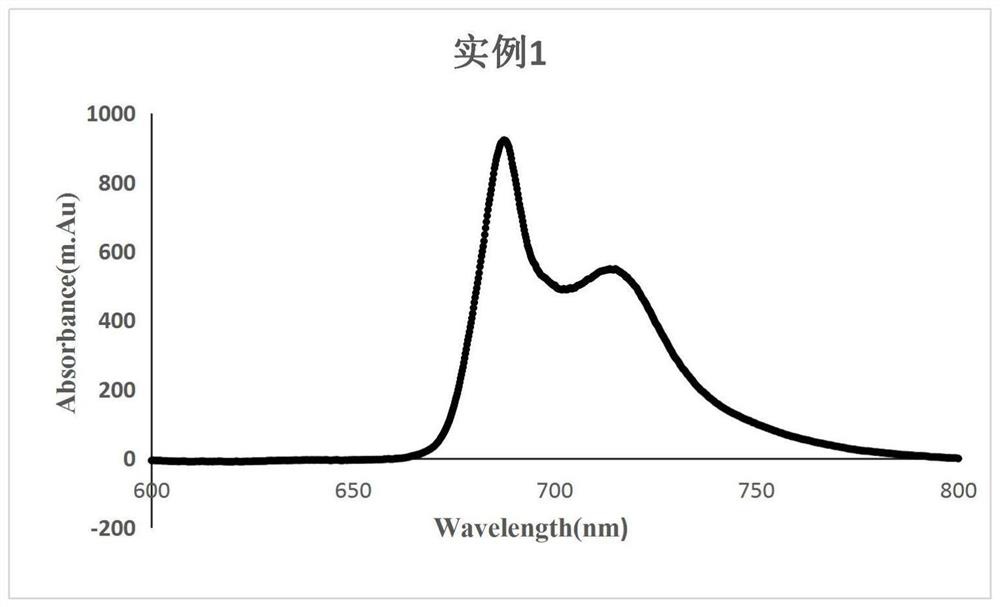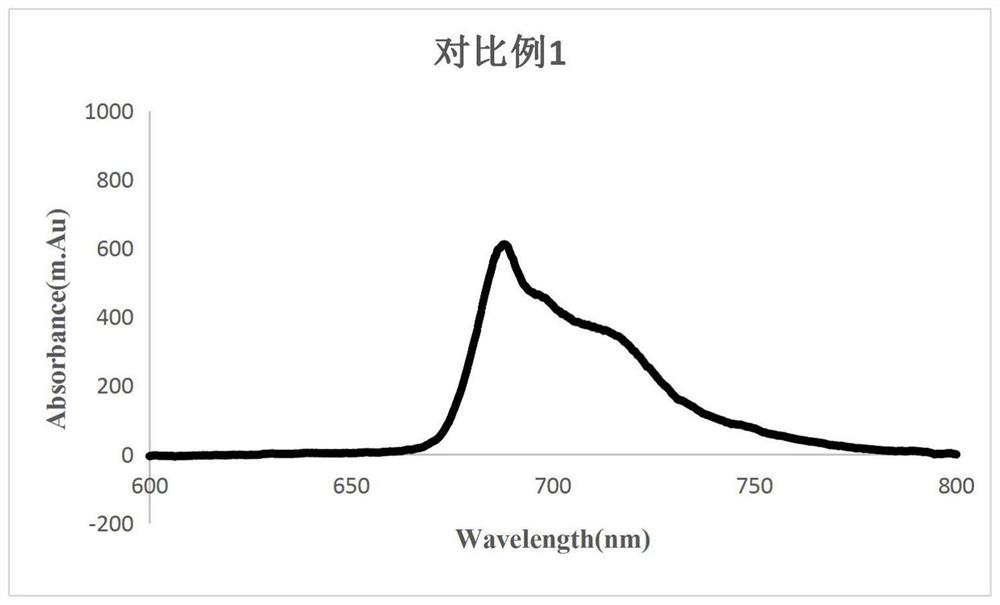Biostable solvent for determining low-temperature fluorescence spectrum of chlamydomonas
A fluorescence spectrum, low temperature technology, used in fluorescence/phosphorescence, measurement devices, material analysis by optical means, etc., can solve the problems of unable to truly reflect the physiological and biochemical state of Chlamydomonas, poor cell stability, easy water loss and shrinkage, etc. , to avoid the consequences of poor sample permeability and strong fluorescence signal
- Summary
- Abstract
- Description
- Claims
- Application Information
AI Technical Summary
Problems solved by technology
Method used
Image
Examples
example 77
[0021] figure 1 It is the example 77K low-temperature fluorescence spectrogram that adopts the method of the present invention to measure;
[0022] figure 2 It is the 77K low-temperature fluorescence spectrum diagram of the comparative example.
example 1
[0023] Example 1 Chlamydomonas Low Temperature Fluorescence Spectrum Sample Preparation
[0024] 1. Raw material composition
[0025] 1.4 parts of N-(hydroxymethyl)methylglycine, 1 part of trishydroxymethylaminomethane, 50 parts of glycerol, 0.6 parts of sodium hydroxide, and 45 parts of water.
[0026] 2. Preparation method
[0027] (1) Take an appropriate amount of N-(hydroxymethyl)methylglycine and trishydroxymethylaminomethane, add distilled water and stir to dissolve;
[0028] (2) Add glycerol to the mixed solution prepared in step (1) and stir evenly;
[0029] (3) Add sodium hydroxide to the mixed solution prepared in step (2) to adjust the pH value to 7.0.
[0030] 3. Chlamydomonas sample preparation
[0031] Take an appropriate amount of Chlamydomonas liquid, add 10 times the volume of biological buffer to a non-fluorescence-absorbing glass tube, and mix well.
[0032] 4. Sample determination
[0033] Put the Chlamydomonas sample into a 77k low-temperature fluore...
PUM
 Login to View More
Login to View More Abstract
Description
Claims
Application Information
 Login to View More
Login to View More - R&D
- Intellectual Property
- Life Sciences
- Materials
- Tech Scout
- Unparalleled Data Quality
- Higher Quality Content
- 60% Fewer Hallucinations
Browse by: Latest US Patents, China's latest patents, Technical Efficacy Thesaurus, Application Domain, Technology Topic, Popular Technical Reports.
© 2025 PatSnap. All rights reserved.Legal|Privacy policy|Modern Slavery Act Transparency Statement|Sitemap|About US| Contact US: help@patsnap.com


